Leonard Peltier’s Birthday
9/12/21

Leonard Peltier’s 77th Birthday and Reception for Rigo 23’s Time and Again Sunday, September 12, 3pm-6pm Richmond Art Center’s Courtyard, 2540 Barrett Avenue, Richmond, CA 94804 Please join us at Richmond Art Center on Sunday, September 12 from 3pm to 6pm for a special reception to honor Leonard Peltier’s 77th birthday – the 45th he […]
Artist Info Session, Art of the African Diaspora
9/12/21
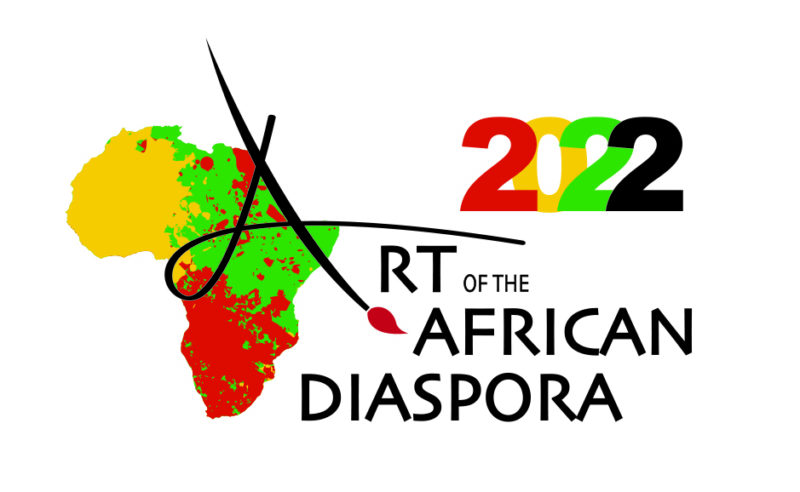
Sunday, September 12, 3:00PM-4:30PM ON ZOOM Artists, join in this free info session to: Learn about the 2022 program Meet the Steering Committee members who are organizing the event Share feedback and ideas Network with other artists Learn how to register to participate Read the registration guidelines and come prepared with your questions! Click the […]
Press Release: Time and Again
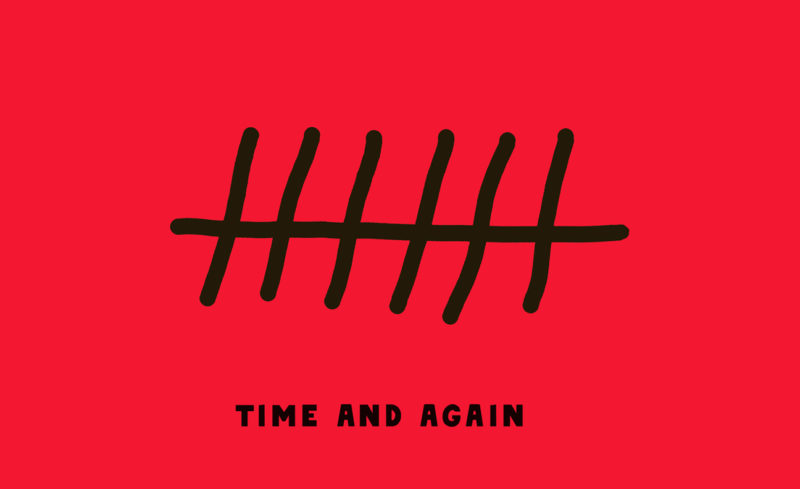
Time and AgainAn exhibition of Rigo 23’s statue of Native activist Leonard Peltier Exhibition: September 9 – November 18, 2021Main GalleryRichmond Art Center2540 Barrett Avenue, Richmond, CA 94804Gallery Hours: Thurs 10am-2pm, Sat 10am-2pm, or by appt 510-620-6772 Richmond, CA: Richmond Art Center (RAC) is honored to present Time and Again, an exhibition centered on Rigo […]
BACK AT RAC | With Love… Issue 27
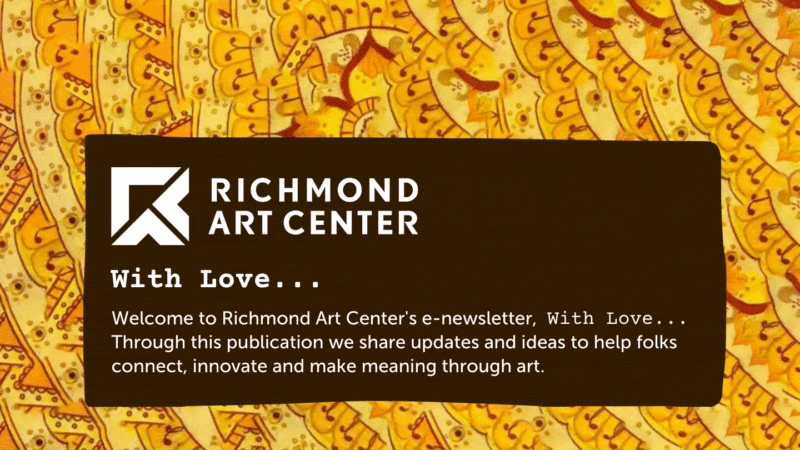
ISSUE 27Fall Class Registration Open | Stay Focused | Mark Your Calendars | New Classes This FallIn Memoriam Fall Class Registration Open In-Person Classes Return to RAC!*Online Classes Continue We’re reopening Richmond Art Center for in-person classes this fall. And if COVID-19 keeps us at home we have an awesome line-up of online activities planed […]
Artist Registration for Art Of The African Diaspora 2022

REGISTRATION DEADLINE: Sunday, October, 31, 2021, 11:59PM ARTIST INFO SESSION I: Sunday, September 12, 3:00PM-4:30PM (click HERE to register for this zoom event) ARTIST INFO SESSION II: Saturday, October 23, 12:00PM-1:30PM (click HERE to register for this zoom event) 2022 PROGRAM* Exhibition at Richmond Art Center: January 18 – March 19, 2022Open Studios: Feb 26-27, Mar […]
This Land Is Me | With Love… Issue 26
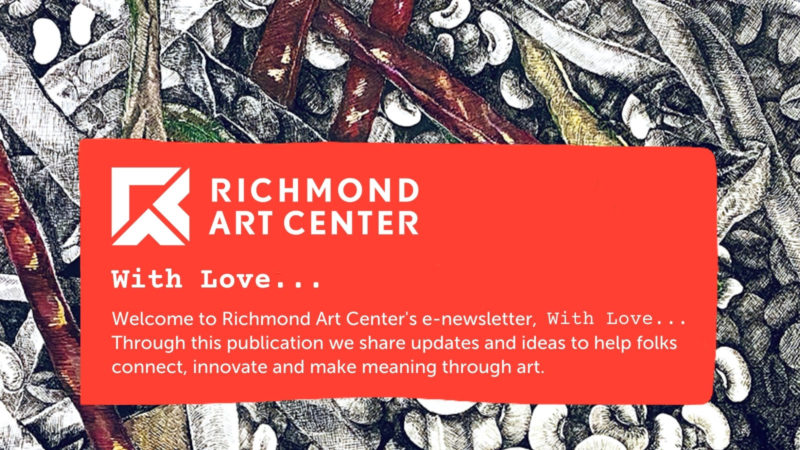
ISSUE 26Abstraction as Land Care | RAC News | Special Event this Thursday | Last Call | Drawing: The Grounding Abstraction as Land Care This Land Is Me New Online Exhibition: July 28 – September 7, 2021 This exhibition highlights the work of three artists – Saif Senussi Azzuz, Kim Champion, and Emily Van Engel […]
Welcome Roberto Martinez, Richmond Art Center’s new Curator!
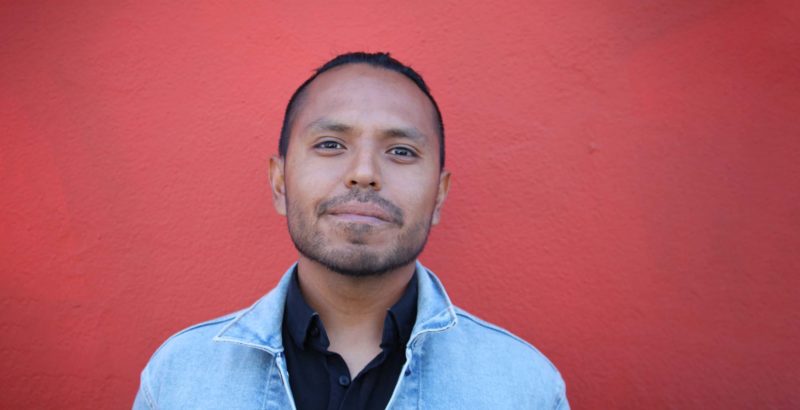
Richmond Art Center is thrilled to announce Roberto Martinez as the organization’s new Curator! About Roberto Martinez: Roberto Martinez is a curator and cultural organizer with over a decade of experience developing community-centered exhibitions and programs. His work weaves together the colorful strands of imagined possibilities that stem from the Arts with the powerful threads […]
Richmond Art Center’s New Hours
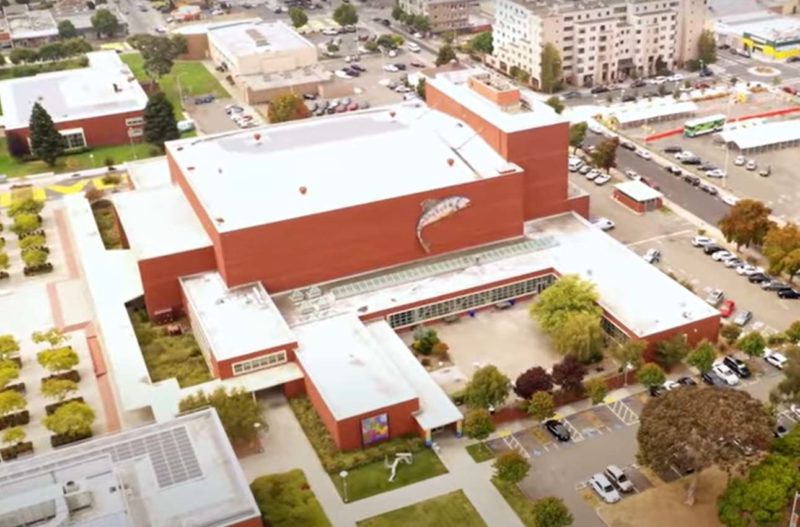
Richmond Art Center is reopening in fall 2021!* FALL 2021 GALLERY AND FRONT DESK HOURS: (starting 9/9/21): Thursdays 10am-2pmSaturdays 10am-2pm Closed Sundays, Mondays, Tuesdays, Wednesdays, Fridays and major holidays. We are working hard to expand these hours subject to staffing and Covid-19 health and safety guidelines. FALL 2021 STUDIO HOURS: Online and in-person classes are happening during weekday, […]
Press Release: This Land Is Me

This Land Is Me Online Exhibition: July 28 – September 7, 2021 Artists: Saif Senussi Azzuz, Kim Champion, Emily Van Engel View the exhibition: https://richmondartcenter.org/exhibitions/this-land-is-me/ Richmond, CA: Richmond Art Center presents a new online exhibition This Land Is Me, presented in conjunction with EXTRACTION: Art on the Edge of the Abyss, a multimedia, multi-venue, cross-border […]
Grounding
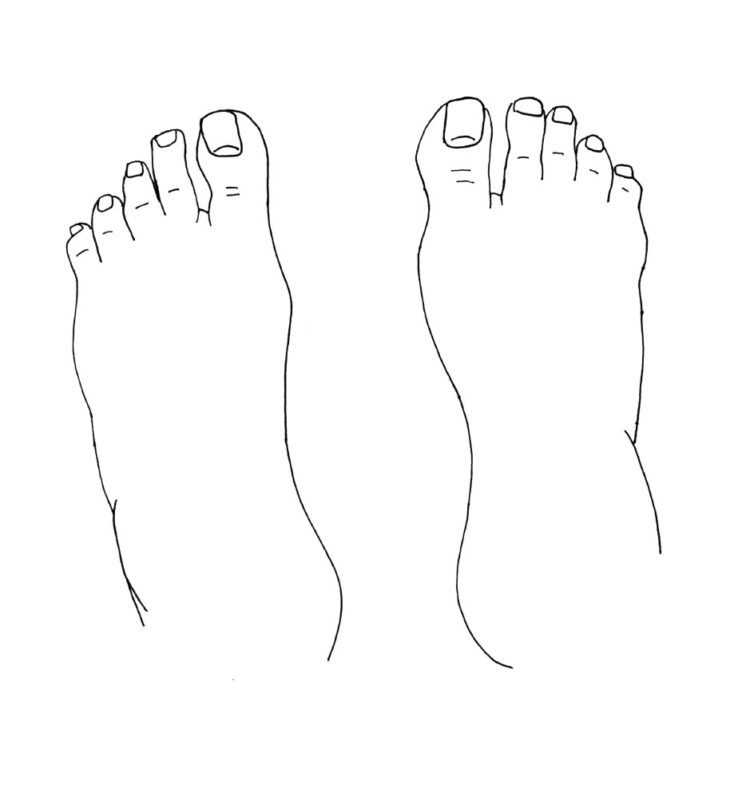
Let’s go outside and make art about us and our environment! CLICK HERE TO DOWNLOAD THE GROUNDING PDF WORKSHEET AND INSTRUCTIONS This worksheet is by Teaching Artist Emily Van Engel @emilyvanengel
